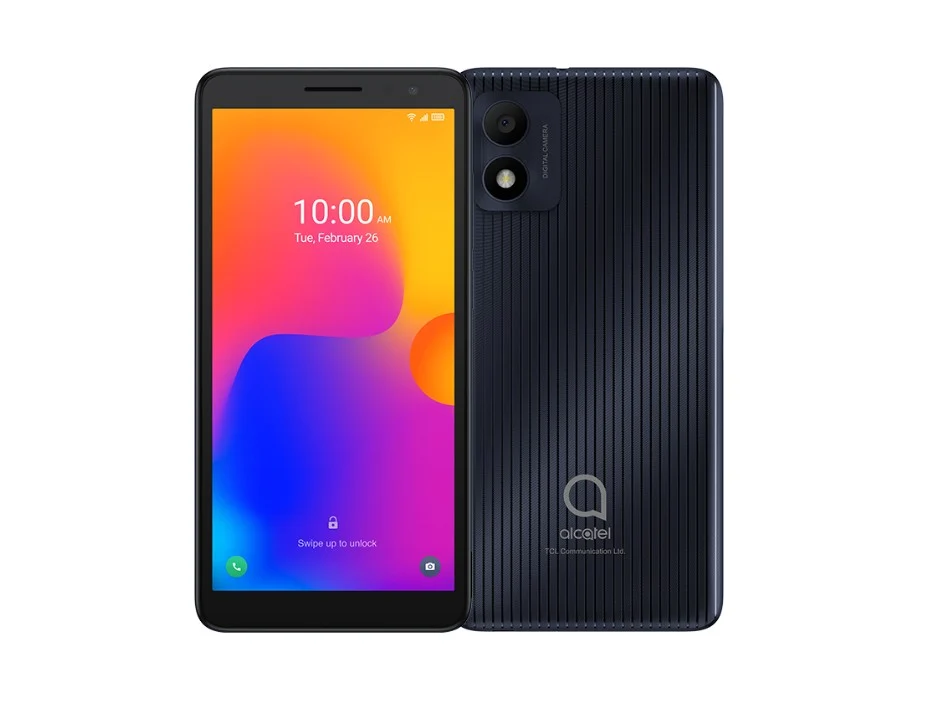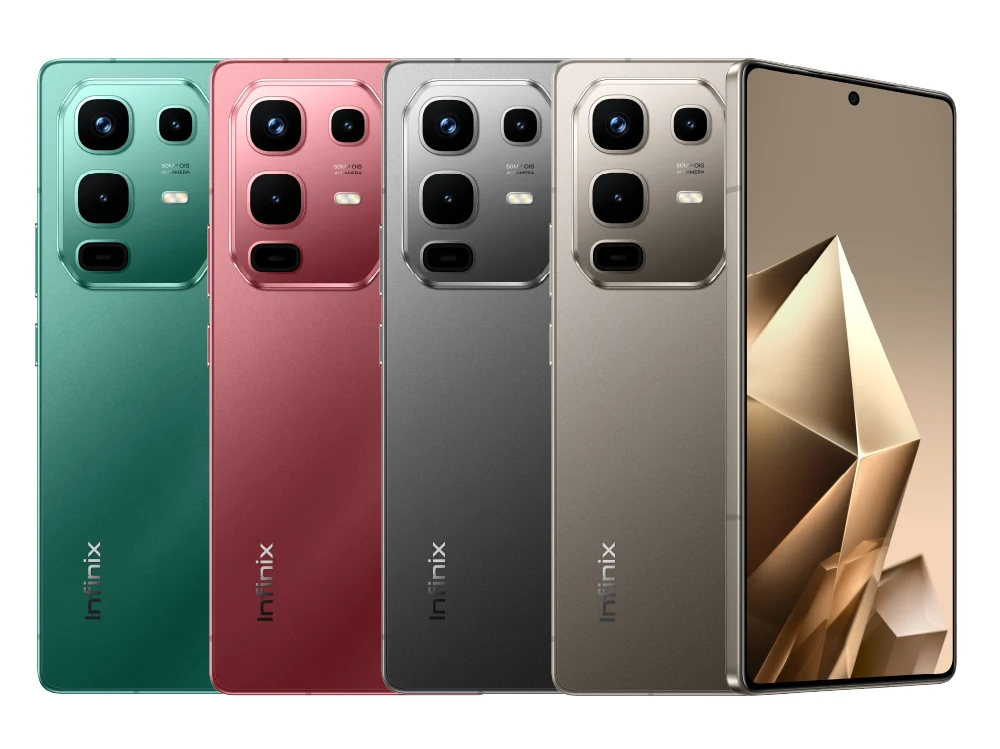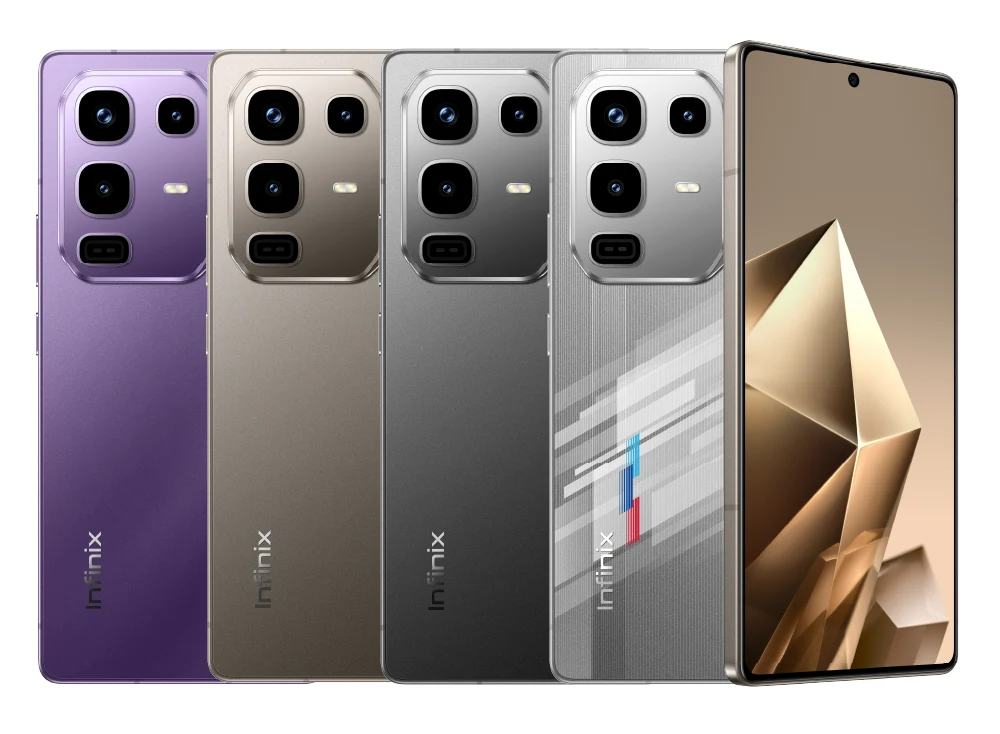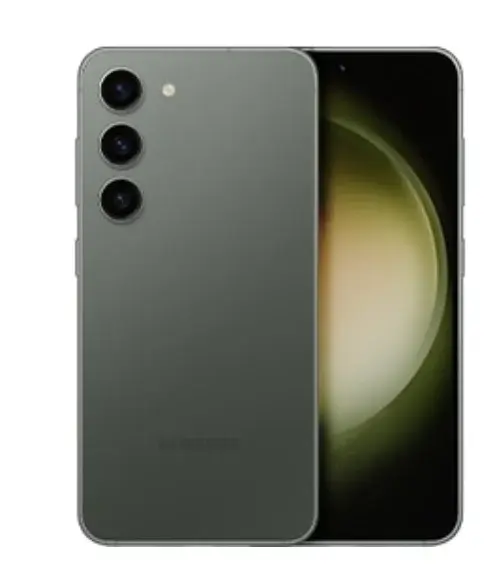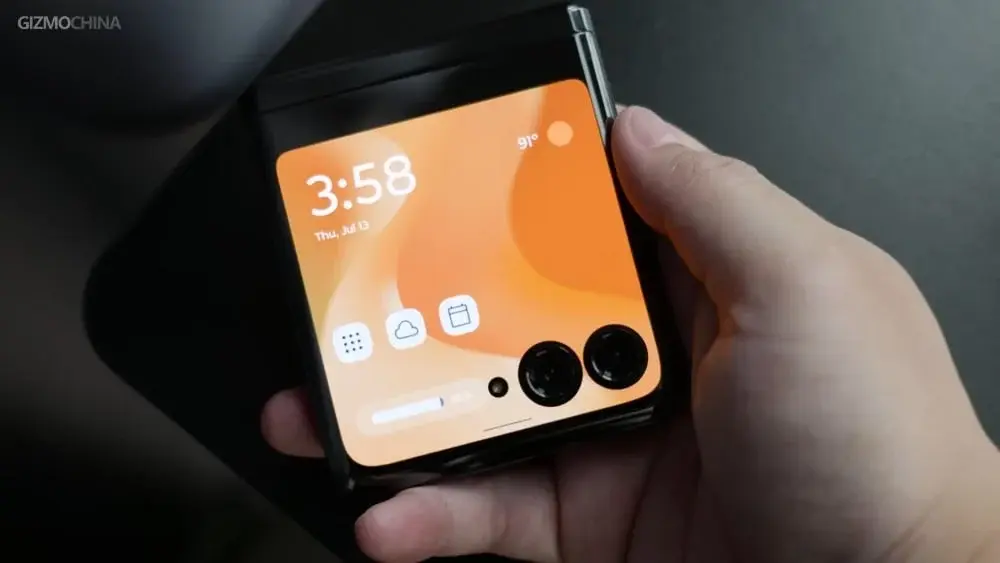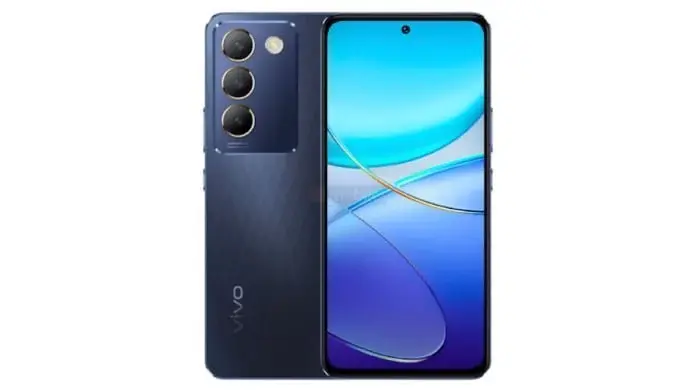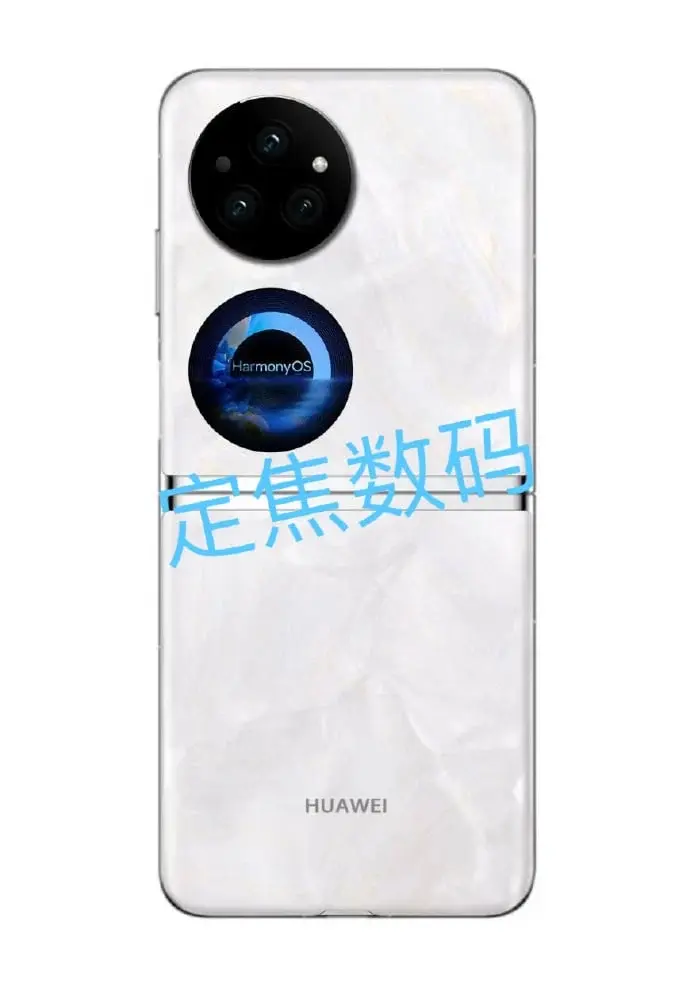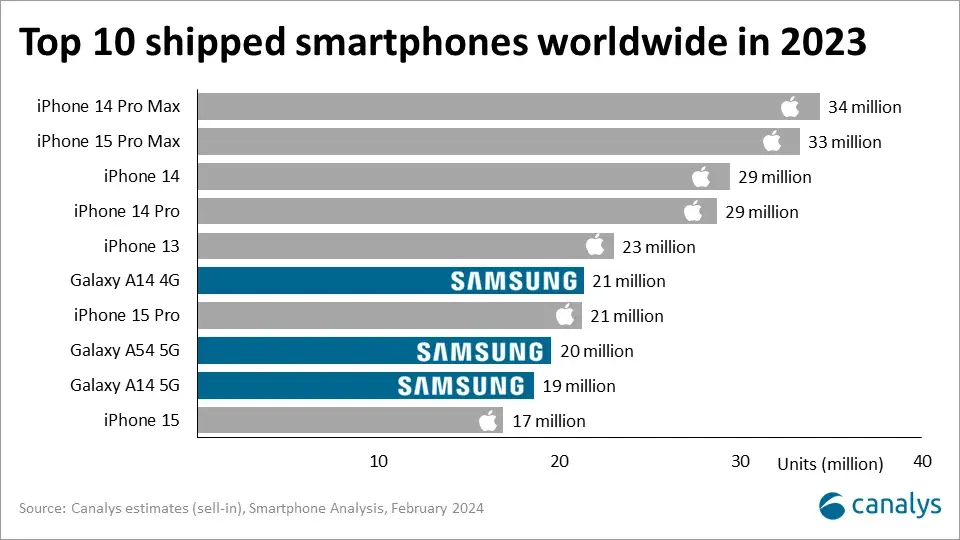Key Takeaways
1. Rising Popularity of Larger Phones: The smartphone industry is increasingly favoring larger devices, making smaller phones rare and less available.
2. Advantages of Bigger Screens: Larger screens enhance user experience for activities like video streaming, gaming, and multitasking, contributing to their dominance in the market.
3. Battery Life and Camera Limitations: Smaller phones struggle with battery life and camera quality due to space constraints, making them less appealing to consumers.
4. Market Trends and Consumer Preferences: Despite nostalgic feelings for compact phones, most consumers prioritize features over size, leading to low sales for smaller models.
5. Foldable Phones as a Solution: Foldable devices offer a new approach to compactness, providing portability without sacrificing screen size, potentially reducing the need for traditional small phones.
Smartphones are getting larger, and this is not just a passing fad—it is the path that the industry is taking. Consequently, smaller phones are becoming much rarer than they were a few years ago. The choices are dwindling as time goes on, with companies that once offered excellent compact phones no longer producing them.
The Disappearance of Compact Options
A prime example is Apple’s iPhone mini series, which provided a premium compact experience but has now been phased out. Even the cheapest iPhone in the lineup today, the new iPhone 16e, features a screen size larger than 6 inches.
Why Small Phones Are Losing Popularity
Why are smaller phones losing their appeal? The answer lies not only in what consumers prefer but also in a blend of market dynamics, hardware challenges, and evolving user habits.
Advantages of Larger Screens
It’s quite apparent why larger phones are dominating the market. A bigger screen enhances the experience of watching videos, playing games, and multitasking.
Streaming services and social media are also designed with larger screens in mind, as they keep users engaged with content for extended periods. Plus, typing on a bigger keyboard is much simpler.
Battery Life Over Size
A smaller phone has limited space for a battery, which is a significant drawback. We expect our devices to last all day, even with heavy usage. However, achieving that with compact phones is difficult.
Larger phones can accommodate bigger batteries, giving them a clear edge over their smaller counterparts. They also have extra room to manage heat and include a dedicated heat dissipation system, which helps maintain battery health over time.
While chipsets have become more efficient, they can’t fully make up for the limitations of a small battery. This is why compact phones often receive criticism for having poor battery life, making them harder to sell.
Cameras Need Room
Smartphone cameras have become a crucial selling point for customers, but they also take up more internal space. High-end camera sensors need larger modules, advanced image processing chips, and additional parts like periscope lenses for zooming.
On larger phones, manufacturers have the space to distribute these components without making significant sacrifices. On smaller devices, compromises have to be made—either by using smaller sensors or omitting features like telephoto lenses. This puts compact devices at a disadvantage in camera comparisons, which contributes to their declining popularity.
Following Market Trends
The smartphone industry follows a straightforward rule: produce what sells. The statistics reveal that most consumers prefer larger phones. The iPhone 13 Mini reportedly struggled with low sales, prompting Apple to discontinue the Mini series from the iPhone 14 lineup.
We see similar patterns with other brands too. The Asus Zenfone 10, for instance, was a well-rounded compact Android flagship. However, the company chose to follow it up with the Zenfone 11 Ultra, which features a large 6.78-inch display.
This trend is not just about demand; it’s also about profit. Compact phones require special engineering to fit flagship features into a small package. This results in higher production costs and fewer economies of scale.
In contrast, larger phones share more components with existing models, making them cheaper to produce. With most consumers favoring larger devices, there’s little motivation for brands to keep making smaller ones.
The Consumer Dilemma
Moreover, we need to consider the difference between what people claim to want and what they actually purchase. Many users express nostalgia for smaller phones (including myself), but when it’s time to upgrade, we often opt for a larger model. This is because compact devices typically involve trade-offs—be it battery life, display quality, or camera performance.
While we may appreciate the concept of a smaller phone, in reality, most of us place more importance on features than on size. The popularity of devices like the Galaxy S Ultra and iPhone Pro Max illustrates that many consumers are willing to carry a larger phone for better features.
Foldables: A New Twist on Compact
That being said, you can still experience a compact phone in 2025, but in a different way. Foldables are reshaping the conversation around small devices.
Products like the Galaxy Z Flip and Motorola Razr provide a design that’s easy to carry without compromising screen size. When folded, they’re compact and portable. When opened, they deliver a full-sized display for an enhanced multimedia and productivity experience.
Foldables tackle one of the major complaints about compact phones—limited display area—while providing something innovative.
Although they are still pricier than standard smartphones, they are becoming more advanced each year. If foldable technology continues to progress, it may eliminate the need for traditional small phones.
The Decline of Small Phones
It’s doubtful that compact phones will have a significant comeback anytime soon. The market has shifted toward larger devices, and manufacturers have little reason to change that trend. Some brands might continue to produce small phones, but they will likely remain a niche market rather than a common choice.
For those who still appreciate small phones, the best bet may be sticking with an older model or embracing foldables. Currently, the era of small phones is waning, and most people don’t seem to be bothered by it.

